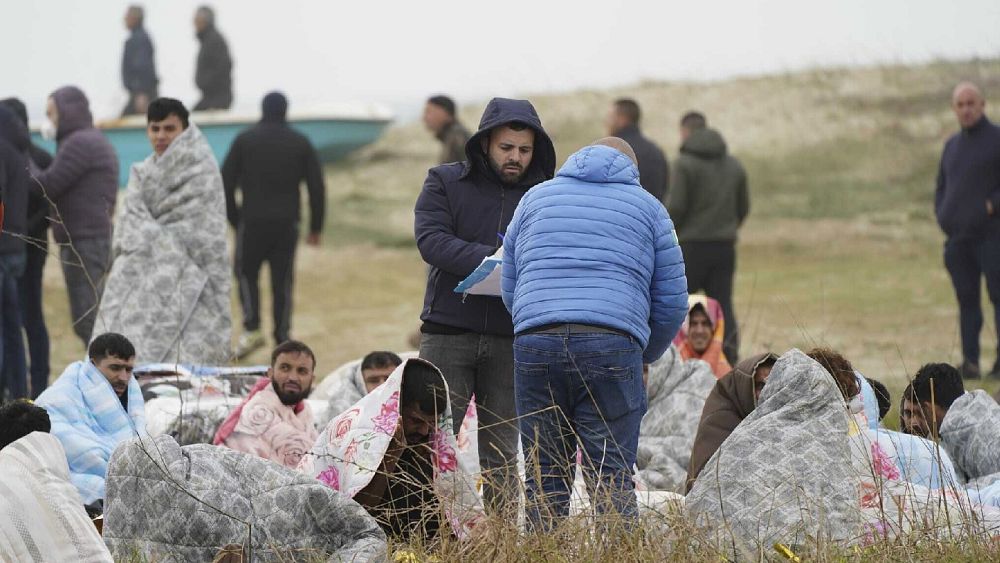
Two deadly shipwrecks in the Mediterranean in recent weeks have kept the European Union’s attention firmly on migration with the topic already top of the bloc’s agenda due to 2022 surges in irregular arrivals and new asylum requests.
Here’s what you need to know about migration to the EU in 2022
Irregular migration
The EU’s border agency, Frontex, detected about 330,000 irregular border crossings last year — a rise of 64% on 2021 and the highest number since 2016.
The highest increases were reported on the Western Balkan and Eastern Mediterranean routes with numbers surging by 136% and 108% respectively. The Western Balkan route alone accounted for 45% of all irregular entries in 2022.
The perilous Central Mediterranean route meanwhile accounted for nearly a third of all such arrivals (+51% year-on-year).
Nationals of Syria, Afghanistan and Tunisia were the most frequently reported
Sadly, about 2,500 people are believed to have died trying to reach the EU.
Asylum requests
EU countries, Norway and Switzerland together received 966,000 new asylum requests in 2022 — a rise of more than 50% compared to the previous year.
It also was the highest tally recorded by the EU Agency for Asylum (EUAA) since 2016 when over 1.2 million applications were lodged.
The asylum agency said requests hit the highest levels «on record» for a wide range of nationalities in 2022, including citizens from India, Burundi, Morocco, Tunisia, Egypt, the Democratic Republic of the Congo, Peru, Moldova, Yemen, Belarus and Cuba.
The 2022 figures excluded the vast majority of the four million Ukrainian refugees who have fled Russia’s war and whose applications were treated separately through the Temporary Protection Directive.
Returns
Every year, around 500,000 foreign nationals are ordered to leave the bloc because they have entered or they are staying irregularly, according to the European Commission. However, only around 30% of them return back to their home country or to the country from which they travelled to the EU.
Last year, Frontex carried out returns for just under 25,000 people, a new record. About 40% left the EU voluntarily.
But the bloc wants to up that number with Home Affairs Commissioner Ylva Johansson noting in January that «the problem is that member states only make readmission requests for approximately 10 to 20 percent of return decisions”.
“Frontex is sending empty planes to countries of origin that are open to taking back their citizens. Recently, a plane was sent back to Bangladesh with only eight passengers on board,» she added.
An EU Return Coordinator was appointed last year to establish a common operational strategy on returns and increase cooperation between member States and Frontex.
Legal migration
Meanwhile, about three million people from outside the EU legally settled in the bloc last year.
That’s roughly in line with pre-pandemic levels as an estimated 2.7 million people from non-EU countries immigrated to one of the 27 countries of the bloc.
Then Spain, Germany and France were the preferred destinations, welcoming 28% of all immigrants from non-EU countries to the bloc, according to Eurostat data.
The Commission last year proposed to create more legal pathways for skilled migrants, which it said should help plug skill gaps and labour shortages but also reduce illegal migration.
